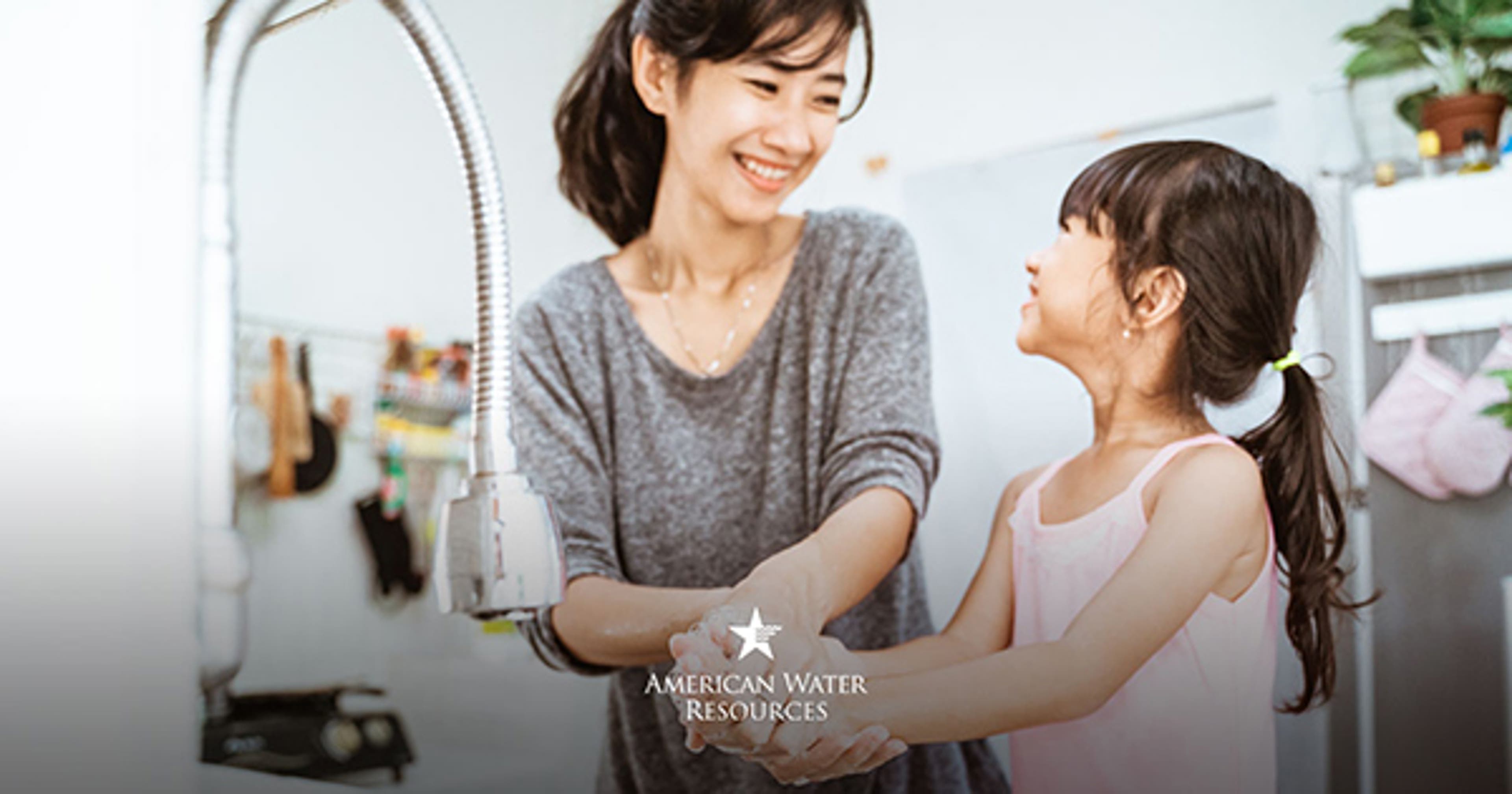THIS Could Cause Problems for Your Pipes!
They’re among your worst nightmares — you open the cabinet beneath your bathroom sink and see that water is leaking. Or your toilet is no longer flushing. Or your sinks, shower, tub, and toilet aren’t draining and you don’t know why. All you know is t...

They’re among your worst nightmares — you open the cabinet beneath your bathroom sink and see that water is leaking. Or your toilet is no longer flushing. Or your sinks, shower, tub, and toilet aren’t draining and you don’t know why. All you know is that the repair(s) needed will probably be time-consuming and costly. Fortunately, many home plumbing nightmares can easily be avoided. Here’s how:
Don’t neglect existing plumbing problems
Many people will put off getting a plumbing issue taken care of because it seems like a minor inconvenience they can live with. That dripping faucet isn’t so bad, right? Wrong. Even though you may think it’s just a small amount of water being lost each day, this loss adds up over the course of time — and could be the reason why you’ve noticed an increase in your water bills each month.
Also, the problem isn’t something that will eventually get better on its own. It’s only going to get worse. And as it keeps drip-drip-dripping, it may ultimately cause problems for your sink’s pipes, and could even eventually cause damage to the wooden cabinet/vanity/framework around your sink if the dripping water increases in volume.
It’s best to get a problem like this taken care of by a professional plumber as soon as you notice an issue. This repair will also be less expensive compared to waiting and having to get pipes and, perhaps, even the vanity or cabinet replaced, as well.
A dripping faucet is only one example of a plumbing problem that shouldn’t be neglected. There are countless other issues that require a repair that shouldn’t be put off. This includes things like a constantly running toilet, slow drains, inconsistent water pressure, or stubborn clogs.
Don’t try and flush away or put THESE things down your pipes!
Out of sight, out of mind, right? That can’t be said for certain about items that you may be thinking of flushing or washing away down your drains.
NEVER flush the following:
- Diapers
- Feminine care products
- Wipes deemed “flushable” (they really aren’t!)
- Baby wipes
- Cotton swabs
- Medication
- Paper towel
- Dental floss
- Cigarette butts
And as for your sink, you should NEVER try to wash the following down your drains:
- Coffee grounds
- Cooking oil
- Butter/fats/grease
- Eggshells
- Medication
- Cooked pasta
- Rice
- Hair
These items could cause an obstruction to form in your pipes, which ultimately will lead to slow or blocked drains. Many homeowners make the mistake using drain cleaner to take care of clogs, but larger and more substantial clogs likely need to be removed by a professional plumber.
And one last tip when it comes to things to never flush or put down the drain — always watch children when they’re in the bathroom or kitchen. It’s not unheard of for curious minds to want to see what happens if they try and flush a toy down the toilet or have it “go for a swim” down the sink drain!
Overloading your pipes
If you live in an older home, you likely have older pipes. Those pipes may have been manufactured with less corrosion-resistant materials compared to the production standards used today for plumbing lines. As such, the acidity, hardness, and pressure of your water over the years may have caused your pipes to suffer significant corrosion.
Eventually, the pipes will no longer be able to withstand the day-to-day use of your toilets, showers, bathtubs, and sinks. You may notice reduced water pressure, slow drains, and even sediment in your water. It’s best to consult with a professional plumber to determine a strategy for getting your aging pipes replaced in a timely manner that will also not break the bank.
Along with overloading your pipes due to their age and inability to keep up with your family’s water use, it’s important to note that these lines may have trouble keeping up with the extra use they may get during a family get-together, cookout, birthday party, etc. All that extra washing, rinsing and flushing could spell trouble for your home’s pipes, and you may have to contend with clogged toilets, or things being put down the sink that shouldn’t have been.
Helpful tip for preventing a disaster!
In case you do have a plumbing emergency in your home that involves a serious leak or overflowing toilet that won’t stop, it’s crucial that you know where the water shutoff valve is on your property. Usually, it’s located in the basement near the perimeter of your home on the side facing the street (so that it can connect with the city’s water main). If you have trouble locating it, in may be mentioned in any inspection reports you’ve had completed on your home. If all else fails, try to locate the street-side shutoff valve. This will be located along the boundary line of your property. In an emergency situation, you can call the water company to see if you should shut it off, or if they’ll send someone to your home to do so.